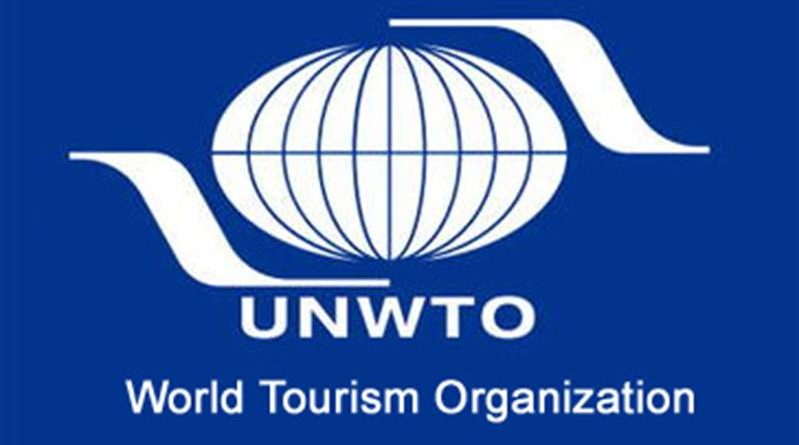Global Tourism on Track for Full Recovery as Africa recovers 75% of pre-pandemic receipts, Middle East 70% and Americas 68%
Due to the fact that there were twice as many travelers during the first quarter of 2023 as there were during the corresponding period of 2022, international tourism is well on its way to reaching pre-pandemic levels.
UNWTO’s New Data: What We’ve Learned
The industry’s quick rebound has persisted into 2023, according to the second UNWTO World Tourism Barometer of the year. It demonstrates:
In the first quarter of 2023, overall foreign arrivals were 80% of pre-pandemic levels.
Over twice as many tourists as in the same period in 2022 traveled abroad in the first three months, according to estimates of 235 million travelers.
The resilience of the tourism industry has persisted. Over 960 million tourists traveled abroad in 2018, according to updated figures for 2022, which means 66% of pre-pandemic numbers were reached.
Recovery in Q1 2023, by Region:
The Middle East had the best results, being the only region to welcome more people in 2019 (+15%) and the first to return to pre-pandemic numbers for an entire quarter.
90% of pre-pandemic levels were reached in Europe, thanks to strong intra-regional demand.
Africa surpassed 2019 levels by 88%, and the Americas by 85%.
With 54% of pre-pandemic levels, Asia and the Pacific saw an acceleration in its recovery. However, this rising trend is expected to quicken now that most places, especially China, have reopened.
The UNWTO data also examines recovery by sub-region and by destination. In Q1 2023, Southern Mediterranean Europe and North Africa had also reached pre-pandemic levels, while Western Europe, Northern Europe, Central America, and the Caribbean were all within striking distance of doing so.
What it Signifies
Zurab Pololikashvili, secretary-general of the UNWTO, states that the new year has once again demonstrated tourism’s exceptional capacity for recovery. We have reached or even surpassed pre-pandemic levels of arrivals in numerous locations. We must make sure that tourism fulfills its obligations as a response to the climate emergency and as a driver of inclusive development, so we must remain vigilant to challenges like staffing shortages, geopolitical insecurity, and the potential impact of the cost-of-living crisis on tourism.
The significant increase in foreign travel helped international tourism receipts rise back to surpass the USD1 trillion mark in 2022, rising 50% in real terms over 2021. Spending by foreign visitors increased to 64% of pre-pandemic levels (-36% from 2019 assessed in real terms). With over USD 550 billion in tourism revenue (EUR 520 billion), or 87% of pre-pandemic levels, Europe saw the highest results overall in 2022. In comparison to the Middle East and the Americas, Africa regained 75%, 70%, and 68% of its pre-pandemic receipts. Due to extended border closures, Asia lost around 28% of its revenue.
What lies ahead, perusing the future?
The UNWTO’s year-ahead projections, which predict that international arrivals will recover to 80% to 95% of pre-pandemic levels, are consistent with the Q1 2023 statistics. The current UNWTO Confidence Index, which shows that performance for the time period is on course to be even better than 2022, reflects the confidence of UNWTO’s Panel of Experts on a robust peak season (May-August) in the Northern Hemisphere.
The rebound in tourism, however, is not without its difficulties. The UNWTO Panel of Experts claims that the economy will continue to be the main obstacle to a meaningful recovery of international travel in 2023, with high inflation and rising oil prices leading to greater travel and lodging costs. Therefore, it is anticipated that travelers would increasingly look for ways to save money and stay closer to home. Other escalating geopolitical tensions and the uncertainty caused by Russian aggression against Ukraine continue to provide downside risks.




